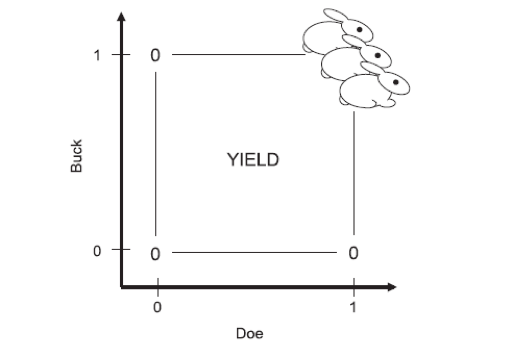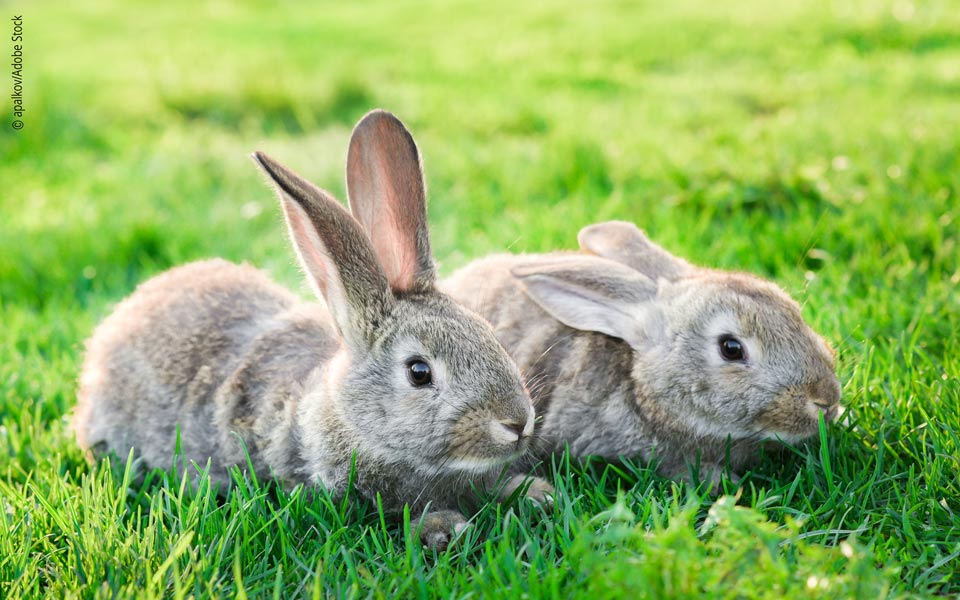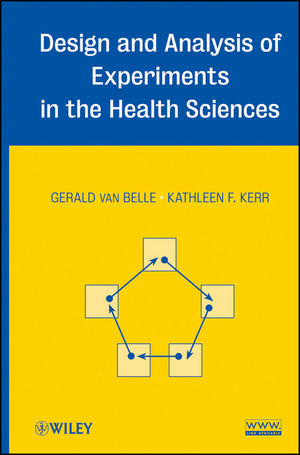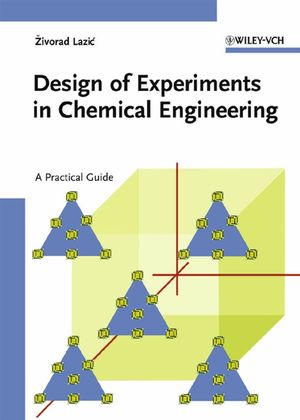Imaginary Rabbit Breeding
Many of us have learned that, when experimenting with several factors, we must investigate one factor at a time, keeping all others fixed. This method makes it all but impossible to detect factor interactions. A common response to this is that interactions are not important and, in the rare cases when they do matter, we can get rid of them by suitable variable transformations. Statistician George Box inimitably dismisses of these statements in the following, imaginary rabbit breeding experiment.
A Buck and a Doe

If we do not know anything about breeding rabbits we may start by an appropriate control case with no rabbits in the hutch, to confirm that this case produces no rabbits. Adding a doe to the hutch we find that this single factor fails to produce any rabbits. Since we have learned to experiment with one factor at a time we now take the doe out and replace it with a buck.
After waiting for some time things begin to look black and we might conclude that it is simply not possible to breed rabbits. We have now tried all the combinations in Figure above except the upper right one. Adding this last case, combining a doe and a buck, we do not only produce a full factorial experiment but a number of little rabbits as well!
Combinations and Interactions
The important message is that many important phenomena depend on a combination of factors; “And (I’m thankful to say) you can’t get rid of this phenomenon by transformation”, Box adds. Interactions do not occur only in biology. Investigating the conversion efficiency of a catalyst, for example, you will often find that it works best at a certain combination of reactant concentrations. Box shows how the life of a rolling bearing may be increased fivefold by successful combinations of factors. When baking cookies we rely on a correct combination of oven temperature and baking time – if one changes, the other must change too.
When we think about it, the world is full of situations where a system relies on several factors coming together at the appropriate settings. Such factor interactions are difficult to detect when experimenting with one factor at a time and this is an important motivation for using design of experiments.






